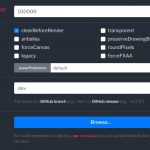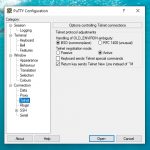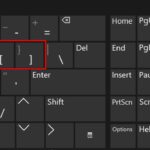Debugging is the process of finding and fixing errors (bugs) in computer programs. The term “debugging” was coined around 1947.
In general, debugging refers specifically to troubleshooting software bugs when developers examine coding errors from source codes of their work product. As such, this analysis allows programmers see where in the code an error occurs so it may then be resolved or bypassed altogether if possible without affecting users’ experience with said app – which would result in potential catastrophe for both you as well as those depending on your digital products/services daily.

Table of Contents
What is a Debugger?
A debugger is a program that helps programmers locate and correct errors in computer code. You launch the debugger from within the IDE, which then loads your program into memory and runs it under control of the debugger.
It gives you access to all the variables in your program so you can examine their values at any point during execution and:
- Trace through each statement/function call in turn (using the step-through buttons)
- Set breakpoints where you want to suspend execution (by clicking on an executable line number), or by throwing exceptions
Traditional Tools: Tracing & Breakpoints
The traditional methods of debugging include tracing (printing values) and breakpoints (setting a point in the code where it gets suspended).
There are two types
Tracing
A way to watch variables and object properties as the application runs. This usually involves adding code that displays variable values on screen while an application is running. In some cases, you will want to add time stamps so you can see how long your application took to run in various parts of the code.
In general, tracing is used as a way to monitor the value of variables throughout the running application. You can also use it to log events that occur during program execution (such as task completion). And you can use short snippets of code to help pinpoint bugs—and often times trace will show where you need to look for your fix.
Breakpoints
Setting a point in the code where your application gets suspended, which tells you that it has reached that line of code. Then you can step through each statement line by line until the error is fixed. Breakpoints are helpful when you want to stop execution at a specific point in the program—such as the first time a variable is assigned a value.
Breakpoints are also helpful when you want to see the values of variables at a specific point in time, allowing you to pinpoint parts that might be causing problems.
Some Tips for Debugging Your Program
A common problem faced by many new programmers is how to debug a program. Debugging is a process of fixing mistakes in computer programs.
Even experienced programmers encounter bugs when they are writing large and complex software, especially under tight deadlines.
When we talk about debugging our code, we mean finding the mistake easily , not just running your code until you find an error. The faster you can find the bug, the more time you have left to work on other features of your app or website . Try these tactics out:
- Separate each project into smaller and independent parts . Fix them one at a time – it’s much easier to track down the source of errors if there are only 10 lines of code than if there are thousands!
- Always use descriptive variable names and comments. If a piece of code doesn’t work, you will need to track down where the error happens .
- Use a debugger. Some IDEs have built-in debuggers that allow you to see what’s happening ‘inside’ your app while it runs (such as watching variables or breakpoints). Without using a debugger, there is no easy way to observe and track the value of individual variable changes in your code .
Conclusion
Debug is the process to find and fix errors in program code. For that, we use debugging tools such as breakpoints , tracing etc… These are considered old fashioned now – but they’re a good way to learn fundamentals of debugger behavior. Hope this article helped you in some way! Happy Coding!!



